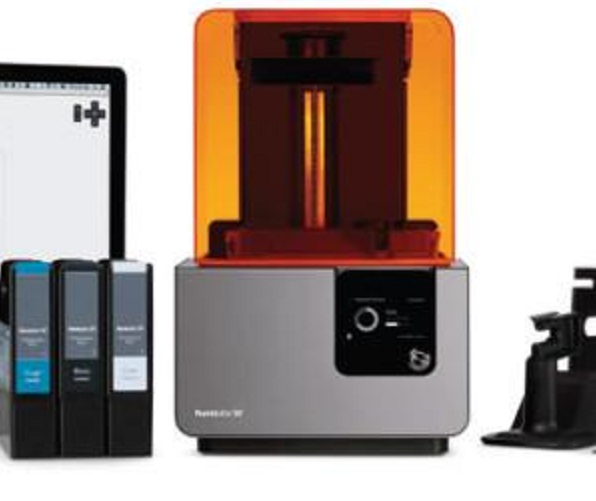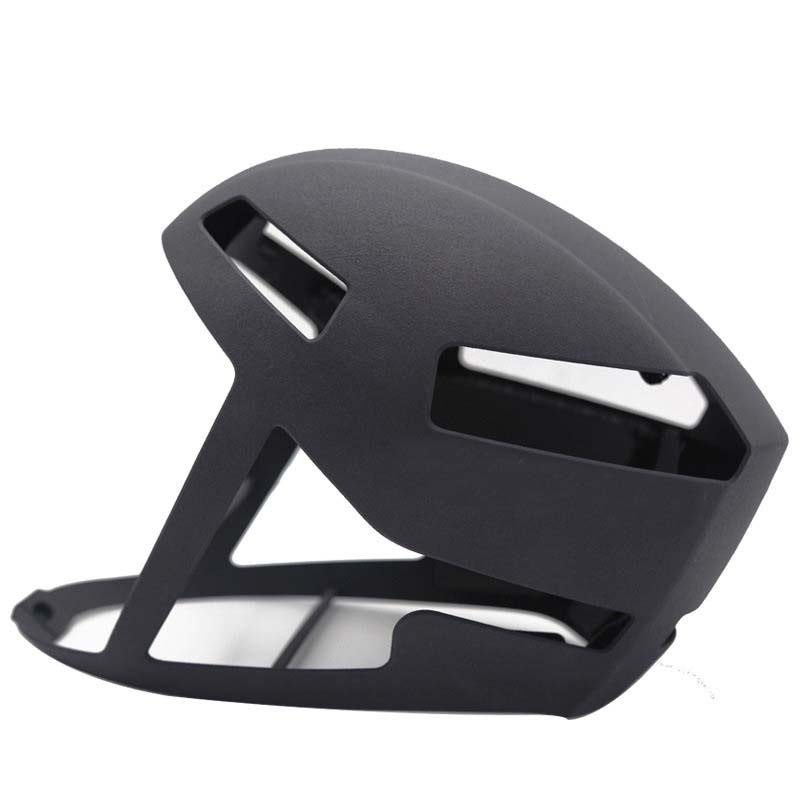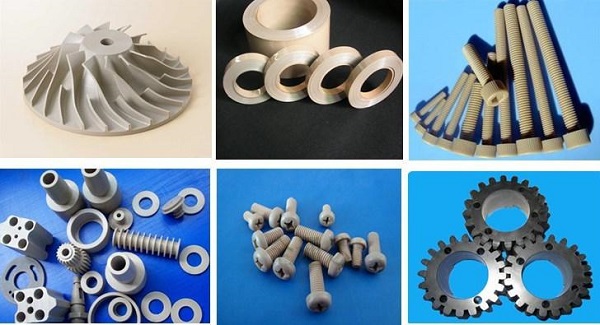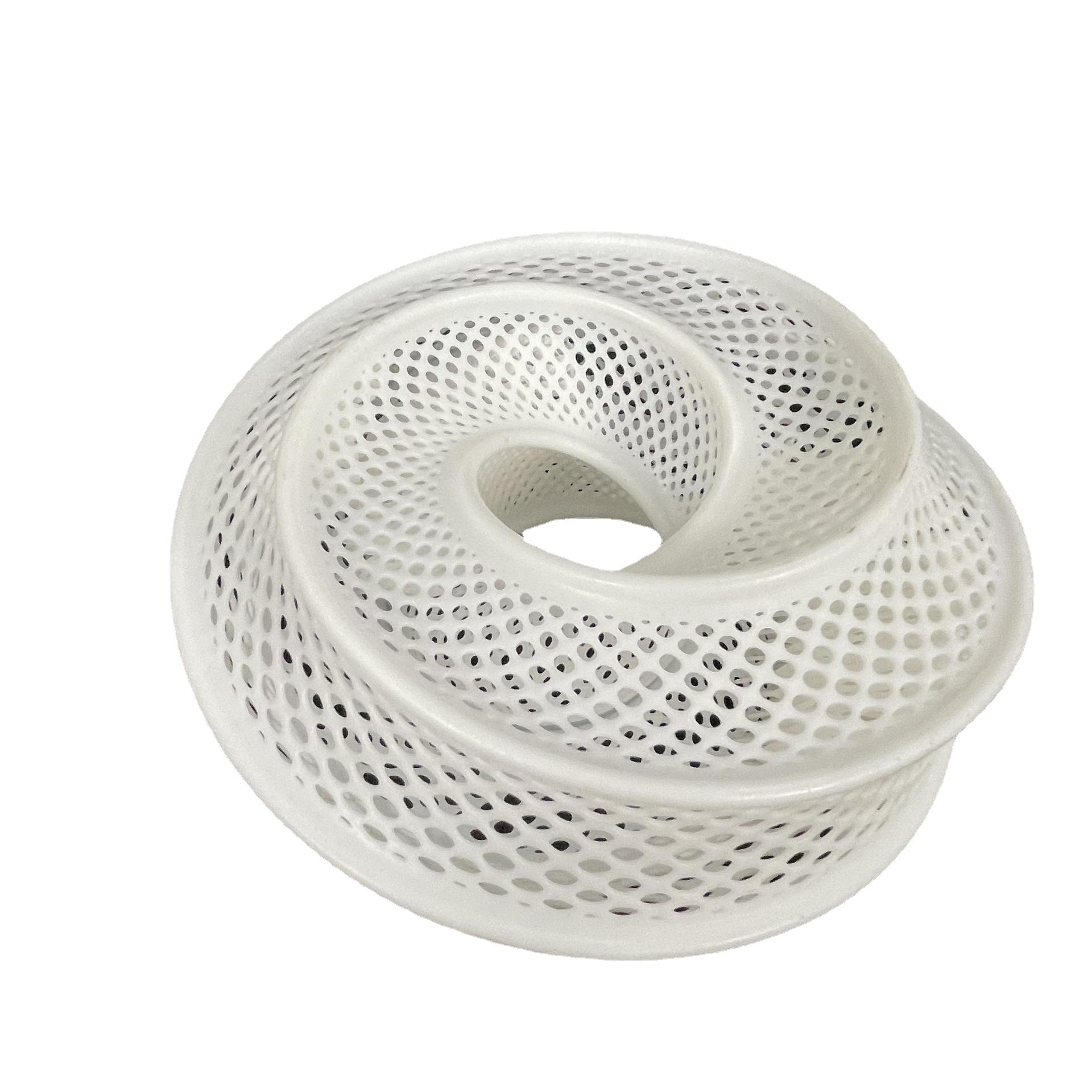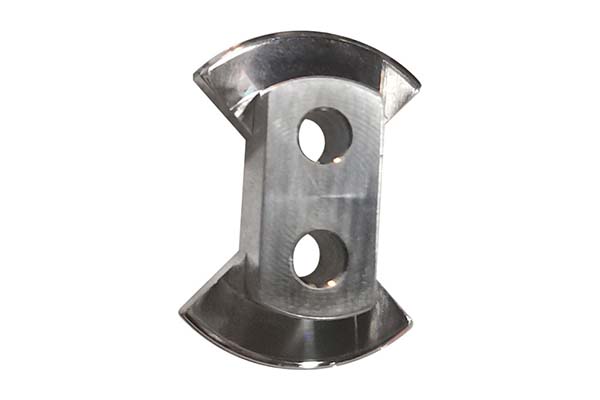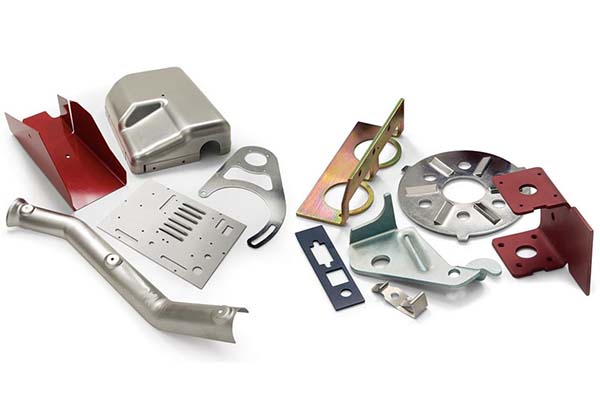If you’re wondering whether starting a 3D printing business is feasible and how to make it profitable, the short answer is: yes, it’s absolutely possible—with the right niche, planning, and execution. The global 3D printing market is projected to reach $84.5 billion by 2030 (Grand View Research), driven by demand in industries like healthcare, automotive, and consumer goods. However, success depends on avoiding generic approaches; instead, you’ll need to focus on a specific audience, deliver high-quality work, and manage costs effectively. Below, we’ll break down every step to turn your 3D printing idea into a sustainable business.
Choose Your 3D Printing Business Niche
The biggest mistake new entrepreneurs make is trying to serve everyone. 3D printing is a broad field, so narrowing down to a specific niche lets you stand out, build expertise, and target customers who are willing to pay premium prices. Here are the most profitable and accessible niches, with real-world examples to guide you:
- Custom Consumer Products: This includes personalized phone cases, jewelry, home decor (like custom plant pots or wall art), and toys. For example, Printful, a print-on-demand company, partners with 3D printers to create custom jewelry—their sellers report profit margins of 30-50% because customers pay more for unique designs.
- Industrial Prototyping: Small and medium-sized businesses (SMBs) often can’t afford in-house 3D printers, so they outsource prototyping. Rapidwerks, a U.S.-based 3D printing service, focuses on this niche; they work with automotive startups to print prototype parts, charging \(50-\)200 per part and maintaining a 40% profit margin.
- Healthcare Accessories: Think custom orthotics, dental aligners, or prosthetic components. Formlabs, a 3D printer manufacturer, cites that dental labs using their printers can produce aligners 50% faster than traditional methods—creating opportunities for service providers to charge \(100-\)300 per custom fit.
- Replacement Parts: Many people struggle to find replacement parts for old appliances, furniture, or electronics. Thingiverse, a 3D model library, has over 2 million user-uploaded part designs; businesses like 3D Replacements use these designs to print parts, charging \(20-\)100 per item with low overhead.
To pick the right niche, ask yourself: Do I have experience (or willingness to learn) in this area? Is there local or online demand? Can I source materials affordably?
Create a 3D Printing Business Plan
A business plan isn’t just for investors—it’s a roadmap to keep you on track. Even if you’re starting small, include these key sections:
1. Market Research
Identify your target customers (e.g., “local jewelry designers” or “automotive startups in my city”) and analyze competitors. Use tools like Google Trends (to check demand for your niche) and Yelp (to see what competitors charge). For example, if you notice local 3D printing services don’t offer custom toys, that’s a gap you can fill.
2. Financial Projections
Estimate startup costs and ongoing expenses. Here’s a breakdown of typical costs (based on industry data):
| Expense Category | Estimated Cost Range |
| 3D Printer (mid-range) | \(1,500 – \)5,000 |
| Materials (PLA, resin) | \(50 – \)200 per month |
| Software (CAD, slicers) | \(0 (free tools like Tinkercad) – \)100/month (premium like Fusion 360) |
| Legal (licenses, insurance) | \(200 – \)500 initial, \(50 – \)100/month |
| Marketing (website, social media) | \(100 – \)300 initial, \(50 – \)150/month |
Next, calculate your pricing. A common strategy is to charge 2-3x your material cost plus labor (e.g., if a part uses \(5 of PLA and takes 1 hour to print, charge \)15-$20).
3. Operations Plan
Decide whether to run your business from home (low cost) or a small studio (higher cost but more professional). For home-based operations, check local zoning laws—most areas allow small-scale 3D printing as long as you don’t disturb neighbors. You’ll also need to choose shipping options (USPS, UPS) and set up a system for tracking orders.
Invest in the Right 3D Printing Equipment
You don’t need the most expensive printer to start—focus on reliability and compatibility with your niche. Here’s how to choose:
Printer Type by Niche
| Niche | Recommended Printer Type | Example Model | Price Range |
| Custom Consumer Products | FDM (easy to use, low cost) | Creality Ender 3 V3 SE | \(200 – \)500 |
| Industrial Prototyping | SLA (high precision) | Formlabs Form 3+ | \(3,000 – \)5,000 |
| Healthcare Accessories | SLA (biocompatible materials) | Anycubic Photon Mono X2 | \(500 – \)1,000 |
| Replacement Parts | FDM (durable materials like PETG) | Prusa MK4 | \(600 – \)1,000 |
Essential Tools Beyond the Printer
- Materials: Start with affordable, versatile options like PLA (for FDM printers) or standard resin (for SLA printers). As you grow, add specialty materials (e.g., PETG for durable parts or biocompatible resin for healthcare).
- Software: Use free CAD tools like Tinkercad (for simple designs) or Blender (for complex models) to create or modify designs. For slicing (converting designs to printer-ready files), Cura is free and works with most printers.
- Post-Processing Tools: Sandpaper, a heat gun (for smoothing), and a UV curing station (for SLA parts) will help you deliver high-quality finished products. These tools cost \(50 – \)200 total.
Build Your 3D Printing Client Base
Even the best 3D printing service won’t succeed without customers. Use these proven strategies to attract clients:
1. Local Marketing
- Partner with Local Businesses: Reach out to jewelry stores, toy shops, or engineering firms. Offer a free sample (e.g., a custom keychain for a boutique) to showcase your work. Case Study: A 3D printer in Chicago partnered with 5 local coffee shops to create custom mug sleeves—within 3 months, they were getting 10+ orders per week from the shops.
- Attend Local Events: Set up a booth at craft fairs, startup expos, or maker fairs. Let attendees see your printer in action and take home small samples (like custom magnets). This builds trust and word-of-mouth.
2. Online Marketing
- Create a Simple Website: Use platforms like Wix or WordPress to showcase your work, list services, and let customers request quotes. Include high-quality photos of your projects (e.g., “Custom Toy Car for Kids” or “Prototype Gear for Automotive Startup”).
- Leverage Social Media: Post before/after photos, time-lapse videos of prints, and customer testimonials on Instagram and TikTok. Use hashtags like #3DPrintingBusiness #Custom3DPrints to reach potential clients. For example, a U.K.-based 3D printer grew their Instagram following to 10k in 6 months by posting videos of custom cosplay parts—this led to 20+ weekly orders.
- Join Online Marketplaces: List your services on Etsy (for custom consumer products) or Upwork (for prototyping projects). These platforms have built-in audiences, so you can start getting orders quickly.
Manage Quality Control and Customer Satisfaction
Repeat customers and positive reviews are key to long-term success. Here’s how to ensure consistent quality:
- Test Every Design: Before printing a customer’s order, print a small sample to check for errors (e.g., gaps, warping). This saves time and money—if the sample is flawed, you can adjust the design before printing the full order.
- Set Clear Expectations: Communicate with customers about print time (e.g., “This part will take 24 hours to print”), material options, and potential limitations (e.g., “PLA isn’t waterproof, so it’s not ideal for outdoor use”).
- Handle Complaints Promptly: If a customer is unhappy with their order, offer a refund or reprint. For example, a 3D printing business in Canada had a customer complain about a cracked toy—they reprinted the toy for free and included a small gift (a custom keychain) to apologize. The customer later left a 5-star review and referred 3 friends.
Scale Your 3D Printing Business
Once you’re getting consistent orders, you can scale your business with these steps:
- Invest in More Printers: Add 1-2 additional printers to increase capacity. For example, if you start with 1 printer and get 15 orders per week, adding a second printer lets you take 30+ orders per week.
- Hire Help: If you’re spending too much time on printing or customer service, hire a part-time assistant. Platforms like Upwork or Fiverr let you find freelancers for tasks like design work or order fulfillment.
- Expand Your Niche: Once you’re successful in one area, add a related niche. For example, if you start with custom jewelry, expand to custom phone cases—this lets you sell more to existing customers.
Yigu Technology’s Perspective on 3D Printing Businesses
At Yigu Technology, we believe 3D printing businesses thrive when they blend technical skill with customer-centricity. The market no longer rewards “one-size-fits-all” services—instead, focus on solving specific problems for your niche (e.g., helping local dentists speed up aligner production or helping parents get unique toys). We also recommend leveraging affordable, user-friendly tech to keep costs low while maintaining quality—tools like cloud-based slicing software or automated order tracking can save time and reduce errors. Finally, build relationships: 3D printing is still a relatively new field for many customers, so educating them (e.g., explaining material differences) builds trust and turns first-time buyers into loyal clients.
FAQ About Starting a 3D Printing Business
- Do I need technical experience to start a 3D printing business?
No—you can learn the basics in a few weeks. Free online tutorials (on YouTube or Skillshare) teach you how to use printers and software. Start with simple projects (like keychains) before moving to complex orders.
- How much time does it take to run a 3D printing business?
In the beginning, expect to spend 10-20 hours per week (printing, customer service, marketing). As you automate tasks (e.g., using software to track orders), you can reduce this time or take on more orders.
- Is a home-based 3D printing business legal?
Most areas allow it, but check your local zoning laws. You may need a home occupation permit (costs \(50-\)200) if you’re accepting clients at your home.
- What’s the average profit margin for a 3D printing business?
Profit margins range from 30-50% for consumer products and 40-60% for industrial prototyping. This depends on your pricing, material costs, and order volume.
- How do I handle shipping for large 3D printed parts?
Use carriers like UPS or FedEx for large items—they offer flat-rate boxes that can save money. For fragile parts, wrap them in bubble wrap and use rigid boxes to prevent damage.
